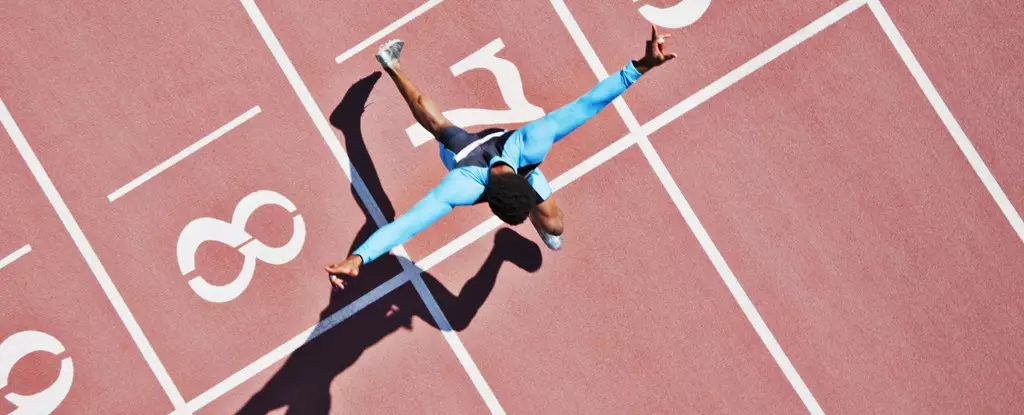When we think of Olympic athletes, we envision individuals who have achieved the pinnacle of success in their sport. However, the path to Olympic glory is filled with challenges and uncertainties that often lead to disappointment for the majority of athletes. Success in the Olympics requires dedicated training for speed, strength, and technique. Unfortunately, this rigorous training regimen also comes with a significant risk of sports injuries that can derail an athlete’s dreams of winning a medal.
The Impact of Sports on Musculoskeletal Health
In the world of sports, the distinction between exercise and competitive physical activity becomes crucial when considering the impact on musculoskeletal health. While exercise is generally beneficial for maintaining overall health, engaging in competitive sports can place a greater strain on the body’s underlying structures, such as muscles, bones, and ligaments. For instance, athletes in disciplines like javelin throwing and gymnastics subject their bodies to forces that far exceed their body weight, increasing the likelihood of injuries due to a single technique error.
The Prevalence of Sports Injuries
Studies have shown that sports injuries are a common occurrence among athletes, with reports indicating that a significant percentage of competitors experience injuries during training or competitions. The statistics from various major sporting events, including the World Athletics Championships and the Olympics, highlight the pervasive nature of sports injuries in the world of professional sports. Notably, certain sports, like rugby, have significantly higher injury rates, underscoring the inherent risks associated with competitive physical activities.
The Two Faces of Sports Injuries
Sports injuries can be broadly categorized as either acute or overuse injuries, each presenting unique challenges for athletes. Acute injuries typically result from sudden, one-off events that cause immediate damage to the muscles or ligaments, while overuse injuries stem from repetitive strain on the musculoskeletal system over time. Both types of injuries can have lasting consequences, forcing athletes to undergo extensive rehabilitation and potentially compromising their performance in future competitions.
The Role of Physical Preparation in Injury Prevention
To mitigate the risk of sports injuries, athletes must prioritize physical preparation and muscle adaptation to withstand the rigors of intense training and competition. Building muscle strength and power through targeted exercises is essential for athletes to meet the physical demands of their sport and reduce the likelihood of injury. However, overloading the muscles during training can lead to muscle injuries that require prolonged recovery periods, underscoring the delicate balance between pushing the body to its limits and risking potential harm.
Athletes and their coaches can employ various strategies to minimize the risk of sports injuries and optimize performance outcomes. Implementing a structured periodized training program that focuses on different performance goals and preparatory phases can help establish a strong foundation of strength and resilience. Additionally, monitoring genetic factors and addressing movement variability can further reduce the incidence of overuse injuries and improve overall athletic performance.
While the road to Olympic success is fraught with potential injury risks, athletes and their support teams must work collaboratively to navigate these challenges and prioritize injury prevention. By understanding the complexities of sports injuries, managing training load effectively, and allowing for adequate recovery, athletes can enhance their chances of competing at the highest level without succumbing to debilitating injuries. Ultimately, achieving Olympic glory requires a multifaceted approach that encompasses physical, psychological, and technical elements to ensure a successful journey to the podium.


Leave a Reply